Slicing through the many layers of our subconscious, the visions we encounter during slumber often present enigmas wrapped in the familiar. Among such nightly narratives, a slice of cake may emerge, its sugary layers rich with meaning far beyond a simple dessert. This essay delves into the profound and layered world of dream interpretation, specifically focusing on the symbolism of cake as it manifests in our unconscious minds. Through an exploration of the psychological underpinnings of dreams involving cake, we uncover insights from the depths of psychoanalytic theory to the peaks of modern neuroscience. Furthermore, we traverse cultural landscapes to reveal the diverse meanings cakes may hold, stirring within them celebrations, abundance, and sometimes guilt. Proceeding with a taste for the common themes found in cake-related dreams, we dissect scenarios that unveil our innermost desires and connection to traditions, leading to a feast of interpretation that is both rich and revealing.
Psychological Underpinnings of Dreaming About Cake
The Significance of Cake in Our Dreams: A Psychological Perspective
Dreams, the mystifying experiences of our slumber, have long been a subject of fascination and puzzlement. Whether it’s the appearance of flying without wings or the more mundane presence of a slice of decadent cake, the imagery that populates our dreams prompts us to question their significance. Today, we slice into the latter – the psychological theories behind why we dream about cake.
Dreams as wish fulfillment are central to the classic psychoanalytic theory proposed by Sigmund Freud. According to Freud, dreaming of a cake could symbolize a desire for indulgence and gratification. Dreams, in this light, act as a safe haven where the unconscious mind brings to life the wishes and desires repressed during waking hours. Cake, often a symbol of celebration and satisfaction, may represent yearnings for pleasure or even unfulfilled cravings for sweetness and comfort in one’s life.
Another compelling theory is that of the problem-solving dream model. Proposed by psychologist Deirdre Barrett, it suggests that dreams are a platform where the brain creatively tackles problems encountered while awake. Under this theory, a dream about cake might not be about the cake at all. Instead, it could represent a situation or a decision in the dreamer’s waking life associated with similar emotions or choices, such as the temptation of pleasure versus the discipline of restraint, or the balancing of resource allocation.
Cognitive theory provides a different lens through which to view dreaming of cake. Stemming from the cognitive processes of the waking mind, dreams, it argues, are a continuation of our thoughts and concerns of the day. What better way to signify reward or celebration, stress about diet, or concerns about health and self-image, than through the universal symbol of cake? Dreams, from a cognitive perspective, don’t necessarily hold a deeper meaning; they’re simply an extension of our daily cognitive experiences, with cake serving as a familiar icon.
Lastly, we consider the activation-synthesis model, developed by J. Allan Hobson and Robert McCarley. This biological perspective holds that dreams result from the brain’s attempt to make sense of random neural activity occurring during sleep. If one has seen, talked about, or craved cake during the day, it’s plausible that these cerebral sparks could conjure the imagery of cake within a dream.
Understanding the nuances and complexities of these theories offer a multi-faceted view of our dreams about cake. While no single theory holds the conclusive answer, each provides a slice of insight into the confectionary-themed dreams that visit us at night.
From the wish fulfillment of Freudian analysis to the pragmatic problem-solving approach, the cognitive continuation of daily thoughts, and the biological randomness of neural activation, these explanations encourage reflection on our waking life and the myriad of experiences that influence our dream world.
Dreams of cake, with their layers of psychological significance, offer a symbolic taste of our emotions, desires, concerns, and thoughts. Delving into the dream about cake is more than a superficial craving; it’s an exploration into the profound depths of human consciousness and the complexities interwoven in the seemingly simple sweet stuff of our sleep.
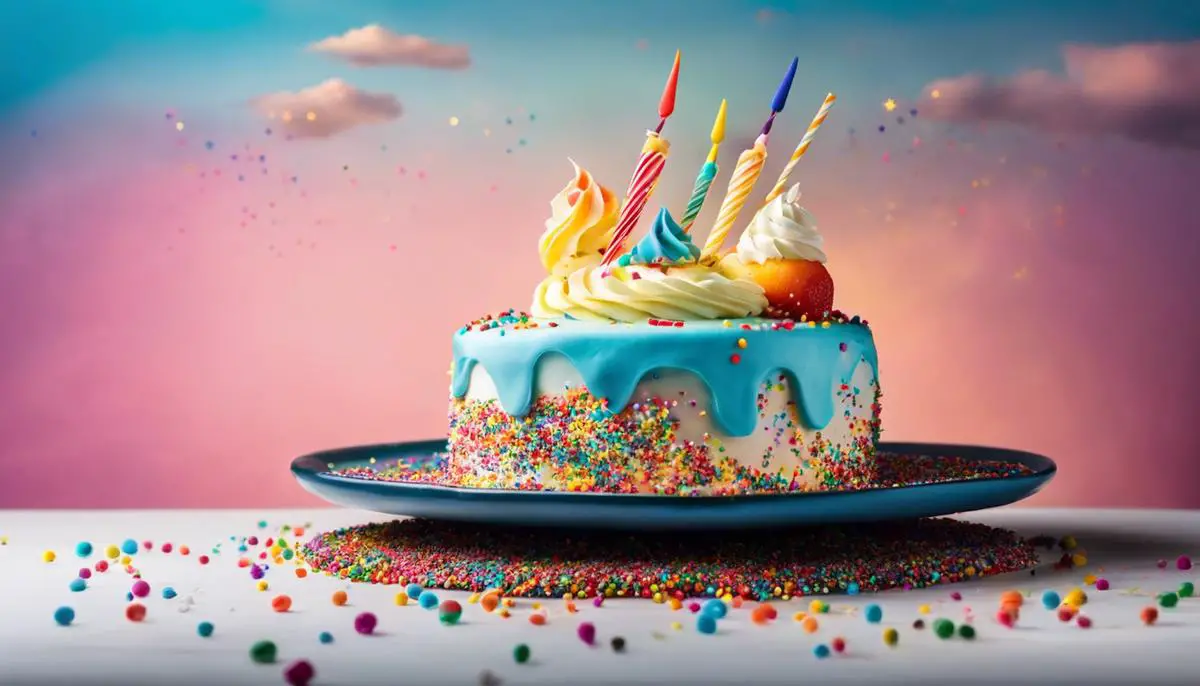
Cultural Symbolism and Varied Interpretations of Cake in Dreams
Decoding the Symbolism of Cakes in Dreams Within Varied Cultural Contexts
The realm of dreams has long been a source of fascination for scholars and laypeople alike, proffering a mysterious window into the subconscious mind. In the midst of these nocturnal narratives often appears the enigmatic imagery of food, with cakes being a particularly common guest at the table of the dreaming mind. While the significance of such visions may seem as varied as the flavors of cakes themselves, understanding how cultural milieus inform dream interpretation offers intriguing insights into our shared and individual psyches.
Cakes are universally symbolic of celebration and indulgence, slices of joy commemorating milestones from birthdays to weddings. Yet, within dreams, cakes can manifest as multilayered symbols, their meanings as intricately decorated as their edible counterparts. Cultural contexts – the societal, historical, and personal backdrops of our waking lives – heavily influence dream symbolism and the cognitive processing thereof.
In some cultures, dreaming about cakes might be construed as harbingers of good fortune or abundance. Traditionally, in societies where scarcity is a historical memory or an everyday reality, the appearance of rich food items, like cake, could connote blessings and upcoming celebrations. Dreams about sharing a cake could represent a desire for or an anticipation of communal gatherings and interpersonal bonds, reflecting the deeply entrenched societal values around shared experiences and hospitality.
Conversely, in societies where indulgence is common and obesity a concern, cake might take on a more cautionary symbolism in our dreamscape. The presence of cake could embody anxieties surrounding health, excess, and consumption. The act of eating cake might be associated with guilt or pleasure, possibly even serving as a subconscious battleground where one’s relationship with control, pleasure, denial, and reward is played out in a frosted theater.
Additionally, the nature of the cake and the context of its consumption or presence in the dream can vary in significance and interpretation. For instance, a crumbling cake may suggest impermanence or the degeneration of situations or relationships, a common theme across a plethora of cultural narratives. A lavishly decorated cake, on the other hand, might signal vanity or a façade, an ornamentation that belies the substance beneath.
Color, too, is a critical piece of the interpretive puzzle. While white cakes might symbolize purity and unity, particularly in the context of wedding traditions, a dark, rich chocolate cake might evoke depth, indulgence, and mystery, or alternatively reinforce cultural stigmas around dark imagery and fear of the unknown.
In addition to cultural imbued meanings, individual experiences color the interpretation of cake in dreams. For someone with poignant memories associated with baking, the smell, and the warmth of a kitchen, dreaming of a cake might evoke a deep sense of comfort or nostalgia. It may represent the cherished connection to a loved one or a simpler time, revealing how personal history informs our inner dream-scape.
Yet, it is critical to approach the interpretation of dreams and their symbols, including cakes, with thoughtful consideration. Cultural and personal contexts indeed shape the content and significance of our dreams, but they do not necessarily prescribe universal meanings. Much like confectionary art, dream interpretation is more subjective than it is exacting, a discipline that blends artistry, science, and cultural understanding into a delicate dance of hypotheses and contemplation.
In the rich fabric of human consciousness and cultures, cakes in dreams may slice through to deeper meanings or maybe simply the recreation of a day’s craving. Regardless, they serve as creamy gateways to the understanding of how culture and the unconscious intertwine, lending flavor to the enigmatic narrative of our minds at rest.
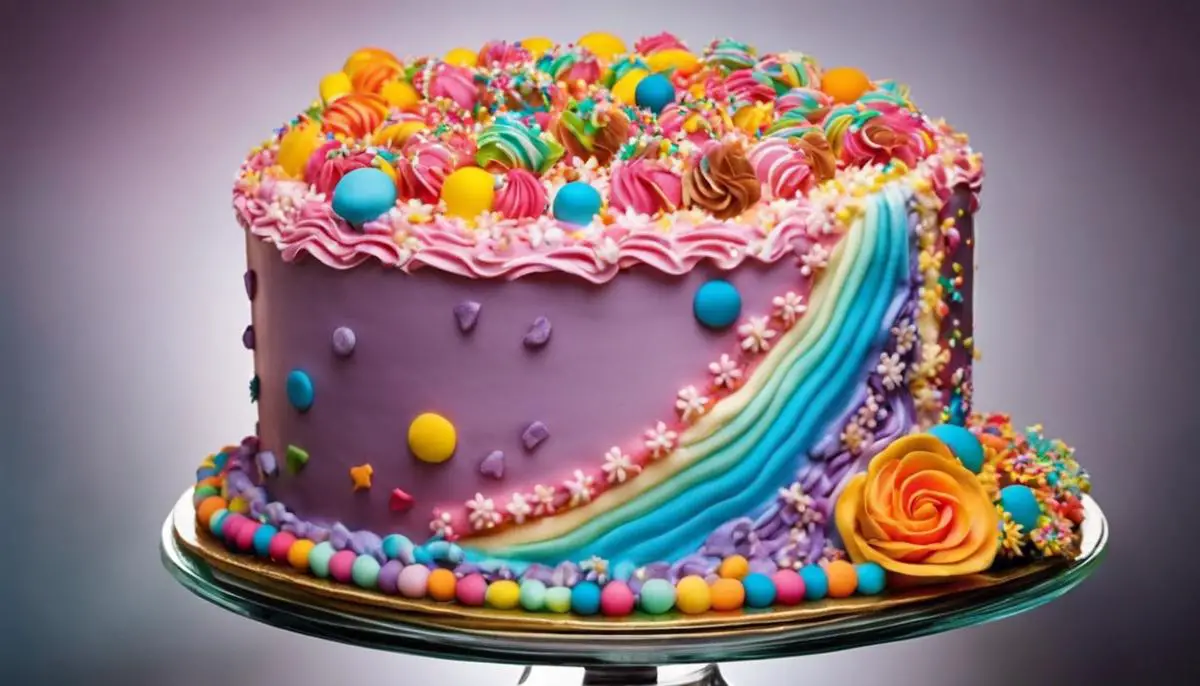
Common Themes in Cake-Related Dreams and Their Interpretations
Delving into the Confectionery Subconscious: Dream Interpretations of Cake Symbolism
When it comes to the analysis of dreams, the confectionery concoctions that emerge during our nocturnal odysseys can serve as a fascinating lens to view the inner workings of our subconscious minds. Cakes, often manifested in these dreams, carry with them a plethora of symbolic implications that merit rigorous exploration. By examining the common thematic elements found in dreams about cake, we can attempt to unwrap the layered meanings that might otherwise elude our waking analysis.
Dreams, it seems, serve as a confluence where cultural imprints and personal experiences collide, creating rich, edible metaphors. Amid this dreamscape, cake frequently appears as a symbol of shared experiences and personal milestones, often reflecting our collective consciousness while simultaneously shedding light on individual aspirations, fears, and desires.
Themes such as celebration and achievement are common when cake plays the central role in a dream narrative. The appearance of a cake could symbolize reaching a significant milestone or the anticipation of a forthcoming celebration, such as a birthday or an anniversary. In these instances, the cake could be an emblem of joy and satisfaction, a sugary icon mirroring a dreamer’s envisaged or realized accomplishment.
Conversely, dreams featuring cakes might also manifest as a trope for excess or indulgence. In these scenarios, cakes may represent a subconscious cautionary note, reminding the dreamer of potential overindulgence in various aspects of life such as consuming an abundance of resources or the risk of yielding to temptation. The context of the dream sequence—the state of the cake, the act of eating the cake, or perhaps an inability to reach or taste the cake—is paramount in deciphering the underlying message.
Moreover, dream cakes often capture the theme of longing or unfulfilled desires. A cake that appears to be tantalizingly out of reach or a cake that crumbles away as one attempts to savor it might signify an underlying sense of unmet needs or aspirations. Such dream motifs can point to the deeper motivational drives that fuel our daily conscious pursuits or the occasional sense of dissatisfaction that haunts us, even if momentarily.
Alternatively, the dreamer’s interaction with the cake can unfold many subthemes heralding transformation or transition. Sharing a cake, for instance, could denote an openness to forming new relationships or strengthening existing ones. In contrast, a dream of serving cake to others might evoke a sense of contribution or a gesture of giving within a community or relationship dynamic.
From the analytical standpoint of dream interpretation, the specifics of cake—its flavor, size, and richness—merge symbolism with corporeal senses, potentially unlocking messages about the dreamer’s current emotional state or inner cravings. For instance, a simple, homemade cake could symbolize a longing for simplicity or nostalgia for bygone times, whereas an opulent, multi-tiered cake might reflect a desire for recognition or grandeur.
Ironically, color plays as significant a role in dream analysis as it does in the artistry of cake design. Vivid colors in a dreamed cake could signify vibrant, albeit hidden, aspects of the dreamer’s personality, while muted or unappetizing colors could suggest a need for self-reflection or introspection. Color interpretations should therefore be approached with cultural sensitivities and personal associations in mind.
To approach cake dreams with the rigor they deserve, one must be adept at merging the symbolic and literal, the universal and the individual. Dreams are not merely fanciful reveries but complex signifiers, enigmas cloaked in the effable medium of our unconscious minds. As such, the interpretative pursuit is not for the faint-hearted—it requires an appetite both for the esoteric and the empirical, a keen sense for the elaborate icing of subconscious cues, and a discerning palate for the textured layers of psychological insight.
In the realm of dreams, as in the formulation of cake recipes, there are no absolutes. Personal history, cultural backdrop, emotional conditions, and current life circumstances all coalesce to flavor the understanding of each unique vision of cake. This calls for a balanced approach to interpretation, one that honors the individuality of each dreamer and respects the intricate confection of their inner consciousness.
In concluding our exploration, we relinquish the comfort of succinct answers, remaining open to the myriad of interpretations that dreams about cake invite. Yet, in doing so, we deepen our appreciation for the complexity of the dreaming mind, acknowledging that each nocturnal encounter with these delicate desserts carries with it a whisper of our innermost yearnings, concerns, and joys.
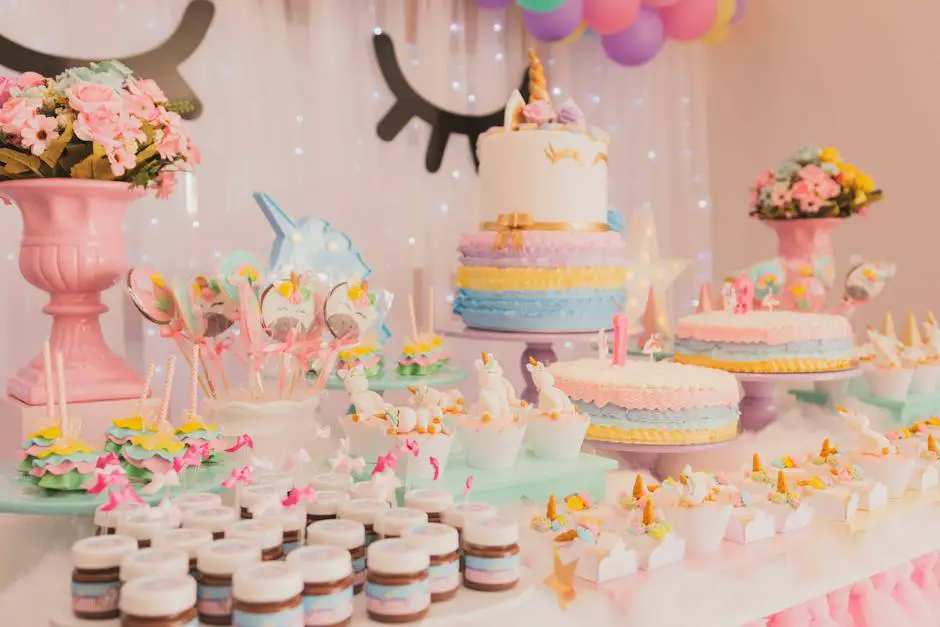
Methodological Approaches to Dream Interpretation Research
The Elusive Science of Dream Analysis: An Examination of Methodological Approaches
As the quest for understanding the nocturnal landscape of our dreams marches on, researchers are challenged to deploy scientific methodologies that can withstand the scrutiny of empirical inquiry. Dreams, with their enigmatic narratives and symbolism, have long eluded definitive interpretation, prompting scientists to adopt rigorous strategies to unearth their meanings. Among the most intriguing of dream symbols is the cake, an object that holds a multiplicity of cultural and personal connotations. This article examines the scientific methodologies employed in the rigorous study of dream interpretation, focusing particularly on the symbolism of cakes.
Experimental and Observational Strategies
To dissect the layers of meaning in cake symbolism within dreams, researchers employ both experimental and observational approaches. Experimental methodologies often involve sleep laboratory settings where participants’ dreams are induced and monitored. Observational studies primarily rely on dream diaries and self-reports, offering a wealth of qualitative data ripe for analysis. These methodologies, though differing in design, converge on a commitment to objectivity and empirical rigor.
Content Analysis
A principal tool in dream research is content analysis, a method that systematically evaluates the manifest content of dreams. By cataloging occurrences of symbols, such as cakes, researchers can discern patterns and frequencies that may signal underlying psychological processes. These results are then examined in light of existing theoretical frameworks to posit hypotheses about the symbol’s significance.
Quantitative and Qualitative Coding
Content analysis is often supplemented by coding systems that quantify dream elements. Variables such as the presence, size, and context of the dreamt cake are meticulously recorded and statistically analyzed. Qualitative coding, too, plays a vital role in interpreting the nuances of these symbols. Narrative structures, emotional valence, and the interplay between cake images and other dream features are qualitatively examined to provide depth to the quantitative data.
Cross-Cultural and Longitudinal Studies
Recognizing the influence of culture on dream symbolism, researchers engage in cross-cultural studies that explore how the symbolism of cakes varies among different societies. Longitudinal studies track individuals over time to observe shifts in dream content, including cake symbolism, offering insights into personal development and life transitions.
Neuroscientific Investigation
Advancements in neuroimaging technologies have allowed for an unprecedented look into the dreaming brain. Studies employing functional magnetic resonance imaging (fMRI) and positron emission tomography (PET) scrutinize the neural correlates of dreaming. By identifying brain regions activated during dreams featuring cakes, neuroscientists can infer the cognitive and emotional frameworks that give rise to such symbolism.
Psycholinguistic Analysis
The language of dreams provides another avenue for exploration. Psycholinguistic analysis examines the words and phrases used to describe cake-related dreams. This scrutiny reveals the associations and connotations tied to cake symbols, reflecting both individual psychological states and collective cultural meanings.
Interdisciplinary Approaches
Given the multifaceted nature of dream interpretation, interdisciplinary approaches are essential. The conjunction of psychology, neuroscience, anthropology, and even literary studies offers a composite lens through which to view the symbolism of cakes in dreams. This rich tapestry of perspectives allows for a more holistic understanding of a symbol that could otherwise be flattened by a single disciplinary approach.
In conclusion, the scientific study of dream interpretation, particularly regarding the symbolism of cakes, stands at the intersection of rigorous methodologies and innovative research techniques. Dream analysis, while inherently complex, benefits from an empirical framework that integrates various methods to scrutinize the subconscious mind’s cryptic communications. Through these scientific endeavors, the dream’s fleeting imagery, with cakes as a focal point of symbolic richness, offers a compelling glimpse into the intricate web of human consciousness.
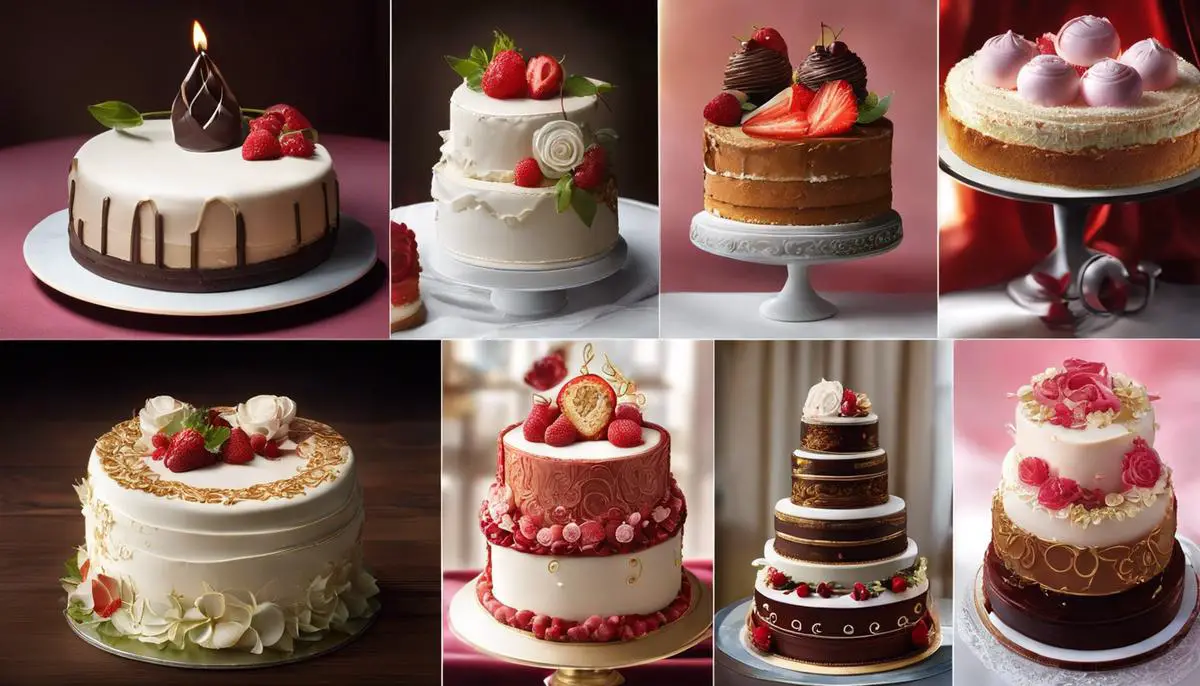
Clinical Relevance and Application of Cake-related Dream Analysis
Delving into the Layered Psychology of Cake as a Dream Symbol in Therapy
Unlocking the Intricacies of Dream Significance in the Clinical Realm
When one considers the mysteries of the human psyche, dreams emerge as a beacon, illuminating the deepest recesses of subconscious thought. Within this nebulous realm, the symbols and motifs that manifest offer a treasure trove of insight, particularly for clinicians who employ dream analysis as a therapeutic tool. The interpretation of recurring symbols, such as cake, within dreams, is a process steeped in the rich tapestry of psychological theory and clinical practice.
The Multidimensional Symbolism of Cake in Dreams
One might wonder how the innocuous image of a cake could hold any psychological weight in dream analysis. However, within the clinical setting, the cake is not merely a culinary delight; it is a vessel of multilayered symbolism, reflecting complex emotional states and latent desires. At times, it may signify personal achievements and life’s milestones—each layer representing a new level of accomplishment or a sweet culmination of effort. In other instances, the unconsumed cake could imply pending celebrations or achievements that remain tantalizingly out of reach.
Interpreting the Cake: A Convergence of Cultures and Individuality
The multifaceted nature of dream interpretation commands a clinician to tread carefully, balancing universal symbolic meanings of cake with the unique personal and cultural background of the dreamer. Clinicians must consider the dreamer’s relationship with confectionaries—does the image of a cake symbolize warmth and festive memories, or does it evoke feelings of guilt and self-restriction? This ambivalence reflects the diverse nature of symbolism, where one patient’s harbinger of joy might be another’s flag of indulgence and regret.
Employing Symbolic Interpretation as a Therapeutic Tool
In therapeutic sessions, the discussion of cake-related dreams can catalyze a dialogue extending beyond the dream narrative. Interpretation facilitates a deepened understanding of one’s feelings about abundance, self-control, and reward—themes often woven subtly into dreams involving cake. By exploring these dreams, therapists can assist clients in unearthing underlying emotions and conflicts, transforming the ethereal imagery into concrete objectives and strategies for personal growth.
Navigating the Layered Realms of Fantasy and Reality
In the ecosystem of dream analysis, clinicians consider various models and theoretical frameworks to decode the potentially meaningful symbols within a patient’s dream. However, in regards to the interpretation of cake, it is essential for clinicians to navigate between the externalized fantasies—the idealized versions of reality that dreams often portray—and the waking life of the dreamer. Does a dream of sharing a cake illuminate a client’s longing for closer social bonds or highlight the celebratory feelings stemming from achieving harmony in their relationships?
Conclusion
The art of dream interpretation, particularly with a symbol as seemingly prosaic as cake, is an intricate endeavor that blends scientific inquiry with the interpretive finesse akin to literary analysis. In the hands of a skilled clinician, acknowledging and probing the significance of a dreamt cake can unfold layers of meaning that contribute to a patient’s psychotherapeutic journey. It is in these moments that the profound power of dreams to reflect the multifaceted nature of human consciousness is palpably felt, as one navigates the delicious yet complex realm where the subconscious mind unwraps the delicate layers of the frosted psyche.
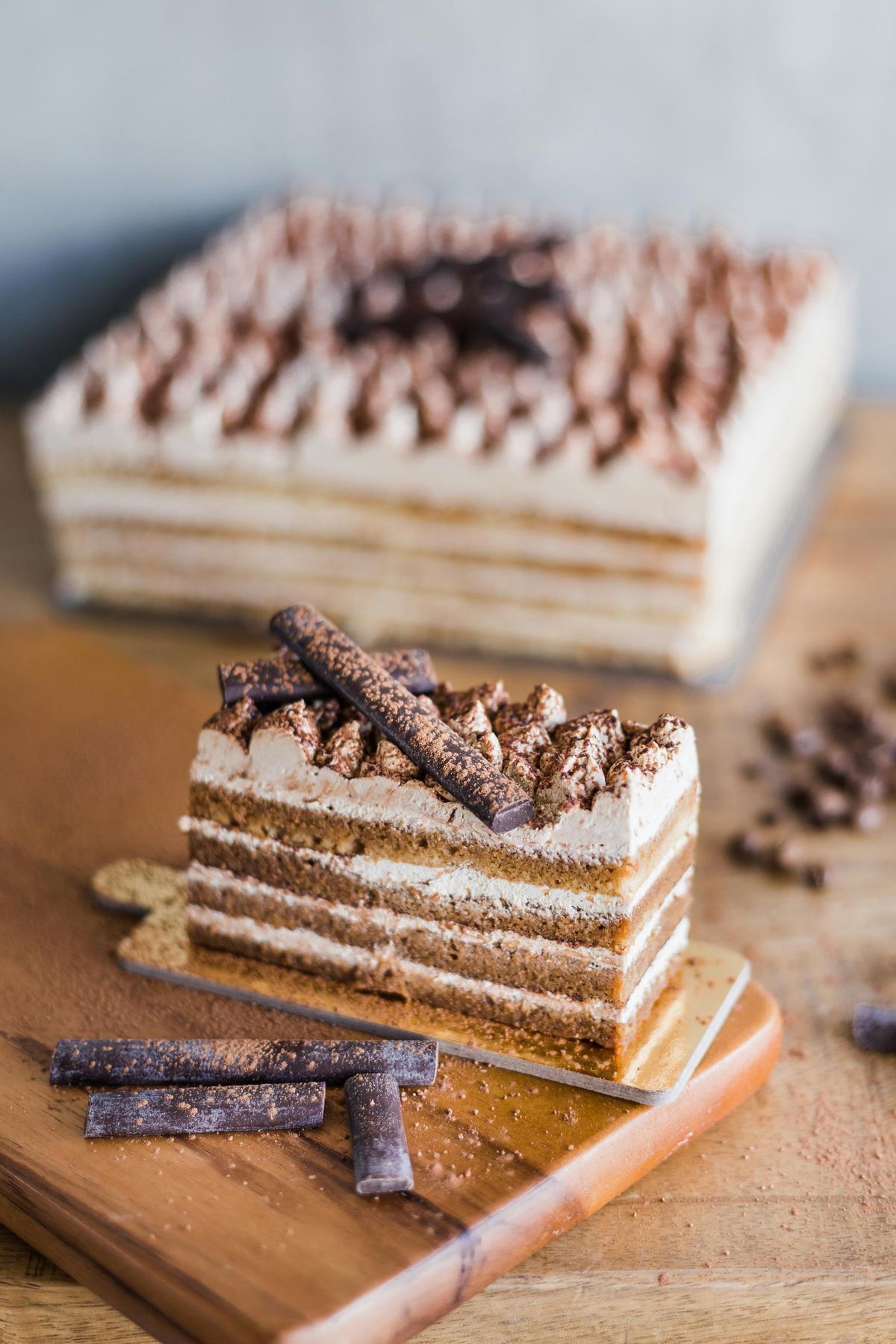
Photo by thony_espi on Unsplash
Embarking on a journey through the dreamy confections of our minds, we have sampled a pastry case brimming with interpretations and applications. The study of cake within our dreams reveals not just fleeting thoughts but a conglomeration of psychological and cultural crumbs that give rise to the full richness of our inner lives. As we emerge from the depths of dream analysis and step back into the waking world, we carry with us a greater understanding of the intricate relationship between our psyche and the seemingly simple symbols it conjures. The exploration of cake in dreams serves as but a single course in the grand banquet of dream interpretation, a testament to the delicious complexity of the human mind and the enduring relevance of its nocturnal narratives within clinical practice and beyond.
